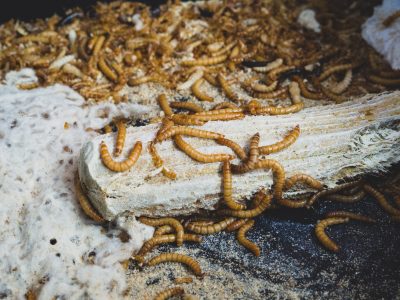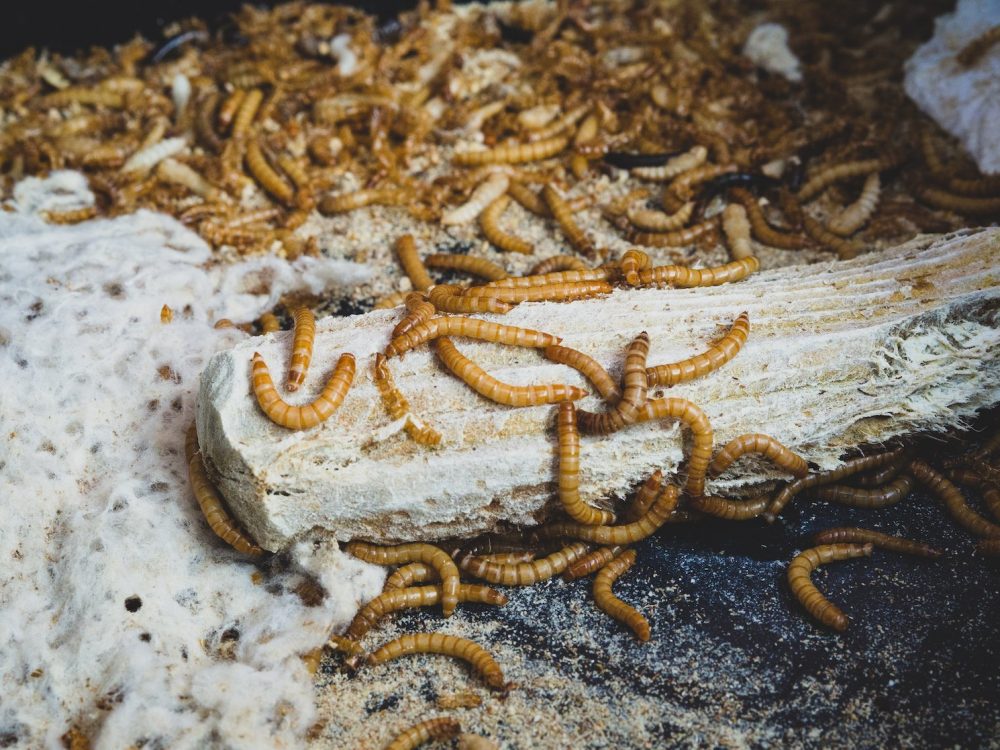Can bioplastics be produced out of waste?


Date of publication 25 May 2020
Authors Surendran, Arthy; Lakshmanan, Manoj; Chee, Jiun Yee; Sulaiman, Azlinah Mohd; van Thuoc, Doan; Sudesh, Kumar.
Sources Can Polyhydroxyalkanoates Be Produced Efficiently From Waste Plant and Animal Oils? (2020) Frontiers in bioengineering and biotechnology : 8, 169.
Abstract
Abstract: This review discusses recent developments in the biosynthesis and classification of various forms of polyhydroxyalkanoates (PHAs) produced using crude and waste oils from the oil palm and fish industries. PHAs are a potential replacement for some petrochemical-based plastics. PHAs are polyesters synthesized and stored by various bacteria and archaea in their cytoplasm as water-insoluble inclusions. PHAs are usually produced when the microbes are cultured with nutrient-limiting concentrations of nitrogen, phosphorus, sulfur, or oxygen and excess carbon sources. Such fermentation conditions have been optimized by industry to reduce the cost of PHAs produced commercially. Industrially, these biodegradable polyesters are derived from microbial fermentation processes utilizing various carbon sources. One of the major constraints in scaling-up PHA production is the cost of the carbon source metabolized by the microorganisms. Hence, cheap and renewable carbon substrates are currently being investigated around the globe. Plant and animal oils have been demonstrated to be excellent carbon sources for high yield production of PHAs. Waste streams from oil mills or the used oils, which are even cheaper, are also used. This approach not only reduces the production cost for PHAs, but also makes a significant contribution toward the reduction of environmental pollution caused by the used oil. Advancements in the genetic and metabolic engineering of bacterial strains have enabled a more efficient utilization of various carbon sources, in achieving high PHA yields with specified monomer compositions. Along with recent developments on the subject, the review also discusses the biodegradability of the PHAs produced from these oils. The SeaCleaners’ View : Bacteria produce “fat” out of plastic. PHA is a natural bioplastic produced from waste by fermentation. Rats and maggots to extract PHA. PHAs are polymers that are biodegradable in seawater.
No, bacteria don’t make plastic objects, but under certain environmental conditions that limit their access to nutrients, they do. And to prevent the nutrients from taking up space in the cell and dispersing, they often store them in the form of water-insoluble polymers. Living organisms need an optimal proportion of nutrients to feed themselves. At the elemental (atomic) level, this requirement is observed in the carbon/nitrogen (C/N) or nitrogen to phosphorus (N/P) ratios. They have been demonstrated by Redfield in marine phytoplankton and are therefore known as Redfield ratios: 106/16/1 respectively for C/N/P in the number of atoms. They are also known in agriculture under the term NPK (nitrogen, phosphorus and potassium) but expressed in weight. The key idea is that by feeding plankton with 300 carbon atoms and 16 nitrogen atoms, only 106 carbons will be consumed. However, the cells, in anticipation of periods of shortage, can store part of the carbon surplus. The ideal form of storage is a polymer-like molecule that is insoluble in water. Fats are the most common, but in this particular case, the storage molecule is a polyester: PHA. When it has carbon again, the bacterium will gradually degrade the PHA and integrate it into its metabolism.
By cultivating these bacteria under appropriate conditions, it is therefore possible to make them produce PHA of different compositions and in large quantities. The raw material used to feed these bacteria must be rich in carbon. This can be sugars or oils or other types of materials. Fermentation is a well-known process that has been mastered on a large scale. It offers the advantage of being very economical compared to chemical synthesis. The economic model of this production will therefore depend essentially on the raw material used as a source of carbon. If refined materials such as sugars are used, the PHAs produced will have a high price. This is why industrialists are turning to waste oils or organic waste, which are much cheaper. In this case, the production also provides an ecosystem service that can be valued economically. This study presents a good review of knowledge on the subject.
In fermentation processes, the route that leads to the desired product in extracellular form is usually chosen. This allows easy separation by simple centrifugation at the end of the process. PHA is a form of intracellular molecule that does not diffuse outside the cell. It is therefore necessary to extract it from the cell in order to purify it and to eliminate all other cellular components such as proteins, polysaccharides, nucleic acids, cell walls… This step is chemically feasible, but involves additional production costs. Studies have developed a cocktail of enzymes for this step, but it is still not well adapted to large productions. Research is ongoing on this subject. The authors also present two original organic initiatives that have been tested on a large scale in Malaysia. They have the same principle in common: feeding animals with the biomass of bacteria containing PHA, reduced to pellets, and then collecting their excrement. The PHA is resistant to digestion and is therefore intact but released from the bacterial cell, which is then digested. It is easily separated from the rest of the material by leaching and filtration. This approach has been used with maggot farms and with rats. The best performance was observed with rats.
Biodegradability studies of PHAs show that they are globally transformable into elemental compounds regardless of their form. Their rate of degradation depends on their degree of cross-linking and the weight/surface area ratio of the object. Indeed, the more the object in PHA will be colonized by bacteria, the faster the degradation will be. So from a thick piece that degrades slowly, fragmentation will increase exponentially the speed of degradation because the surface area available for bacterial colonization will increase rapidly.
In the logic of a perfect circular economy, biodegradability is not an essential characteristic. However, in the event of leakage of materials into the environment, it ensures a reduction in the harmful effects on ecosystems. The recycling of PHA material has not yet been the subject of many studies, but its rapid biodegradability makes it possible to envisage the reinjection of residues as a source of nutrients in the fermentations.
Comments area